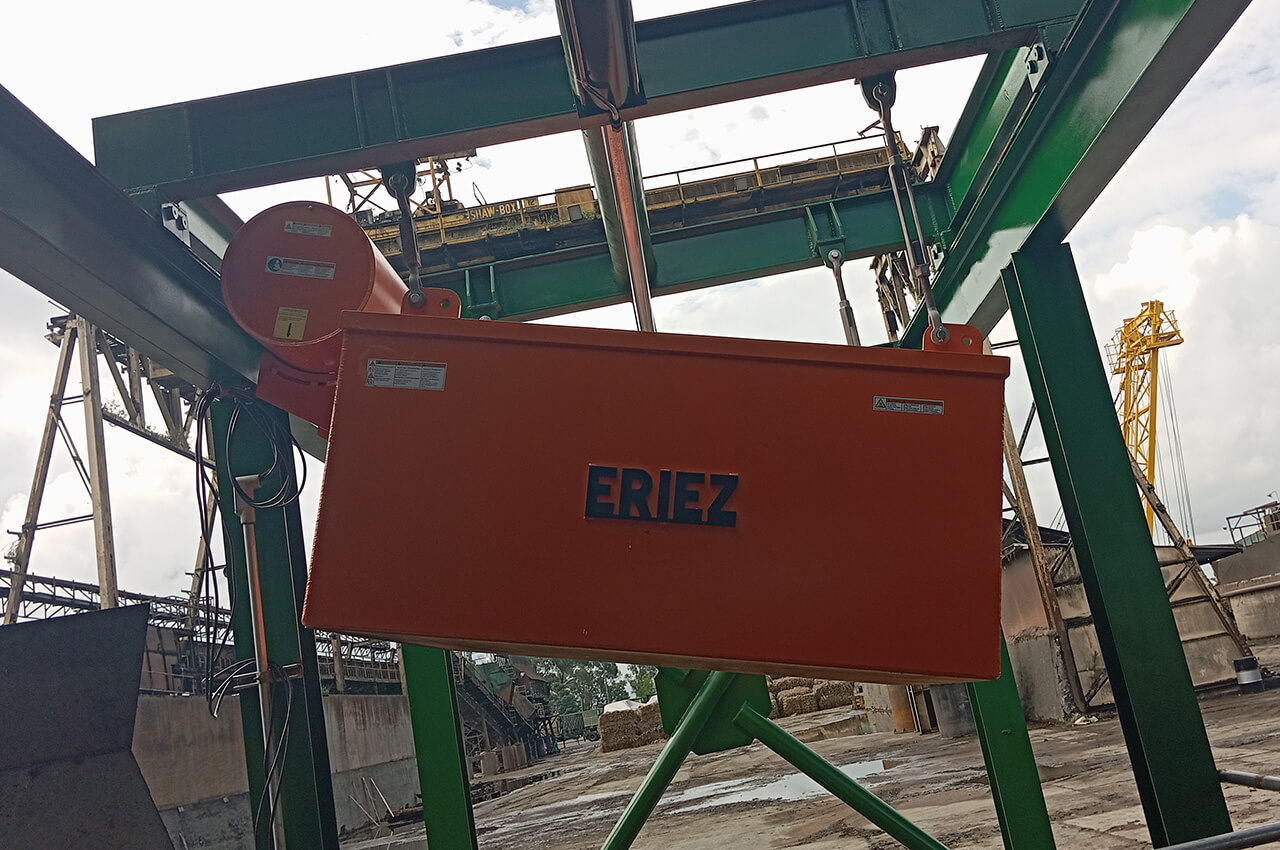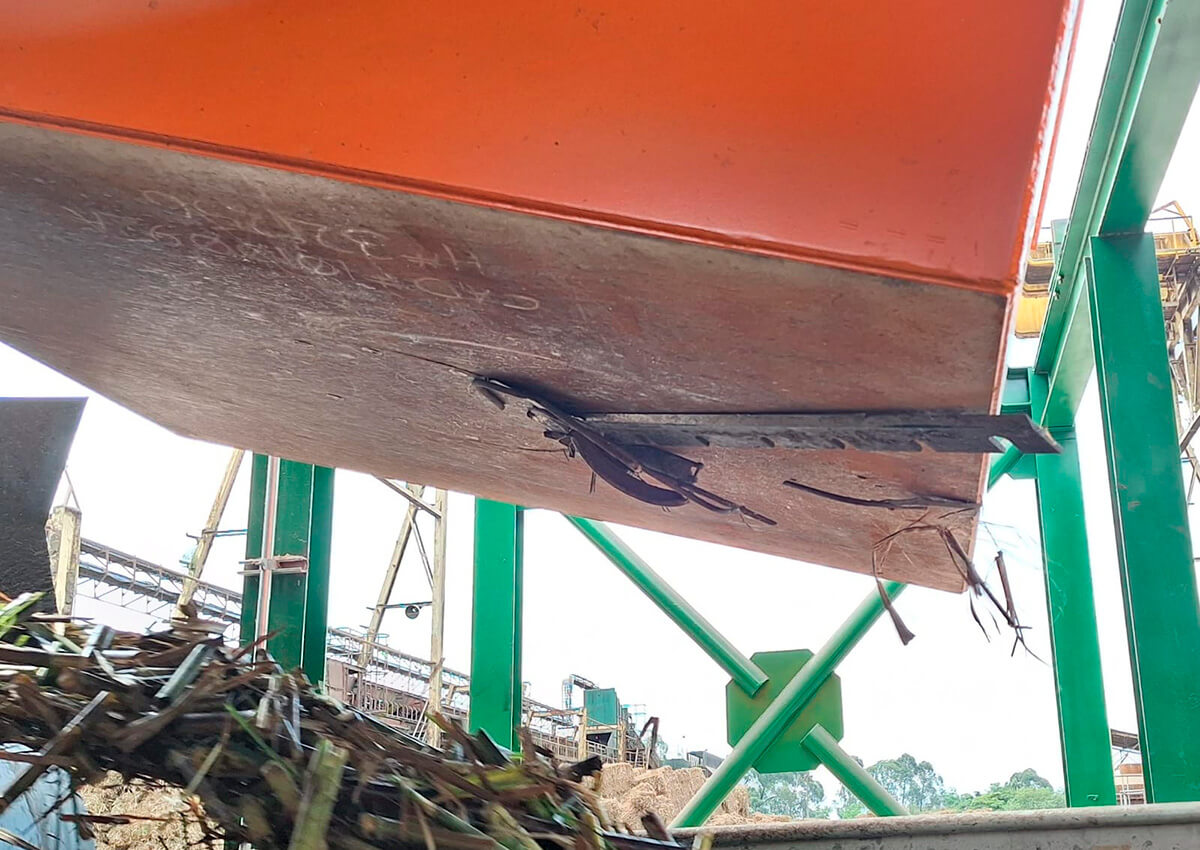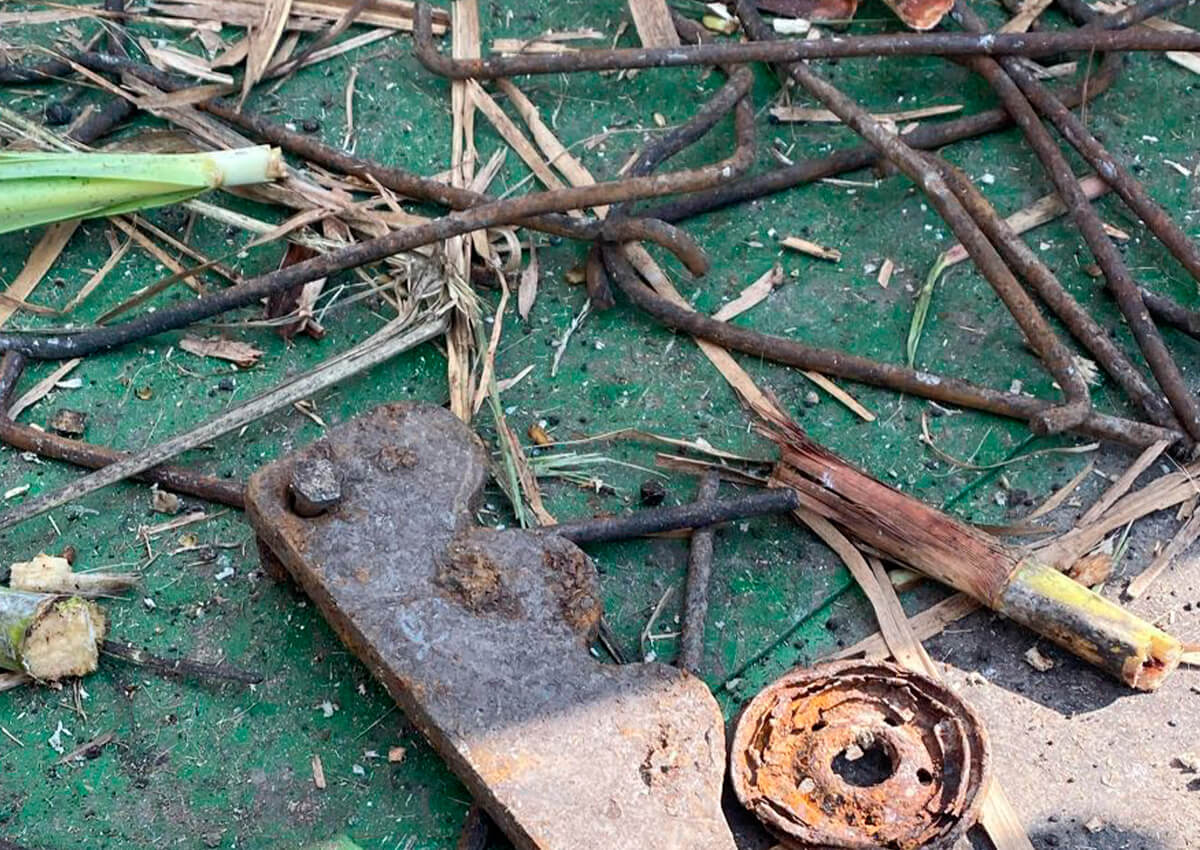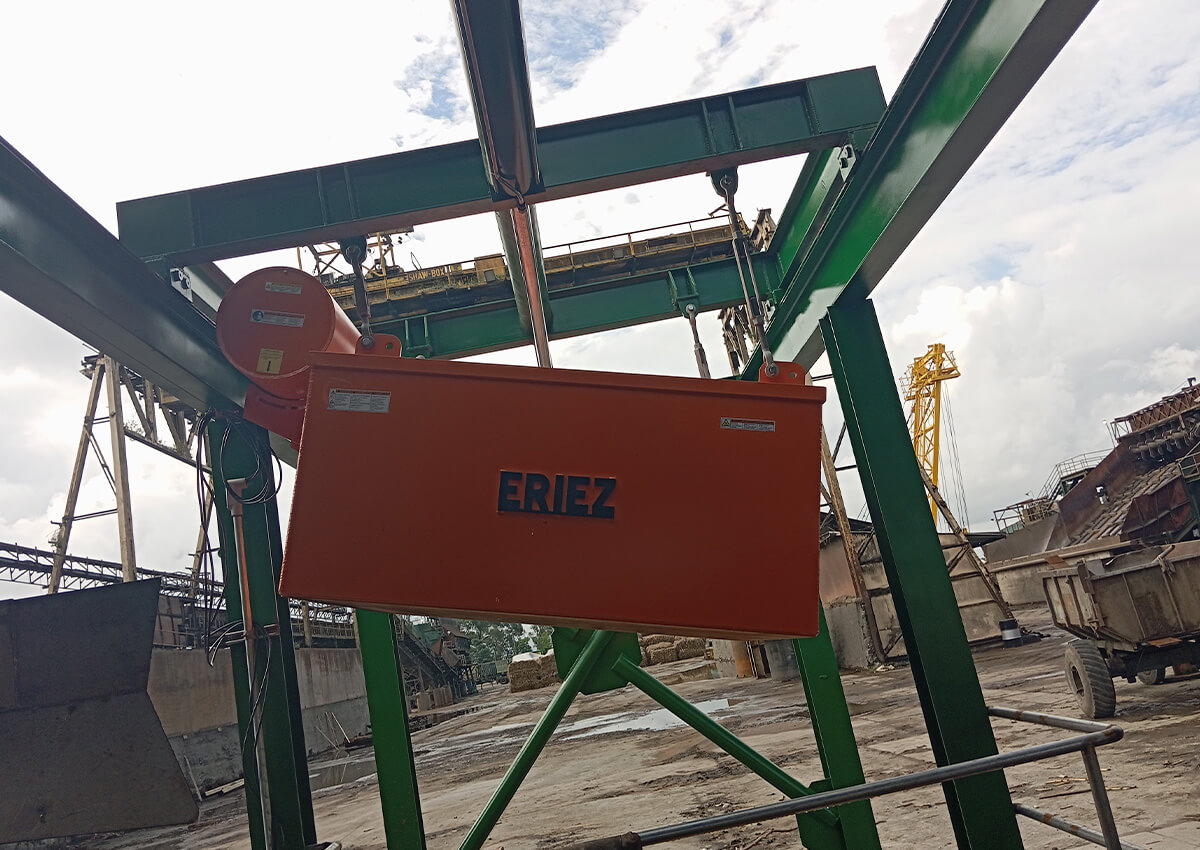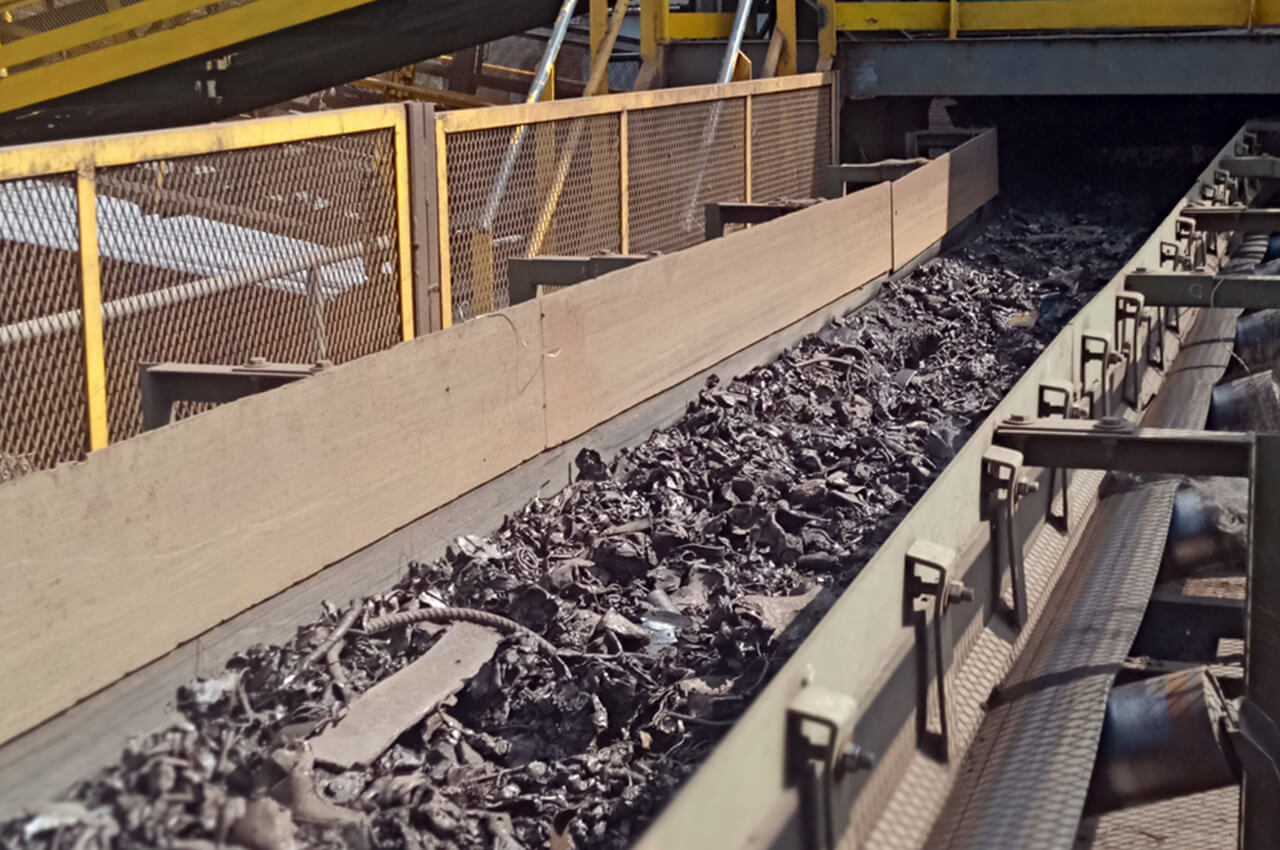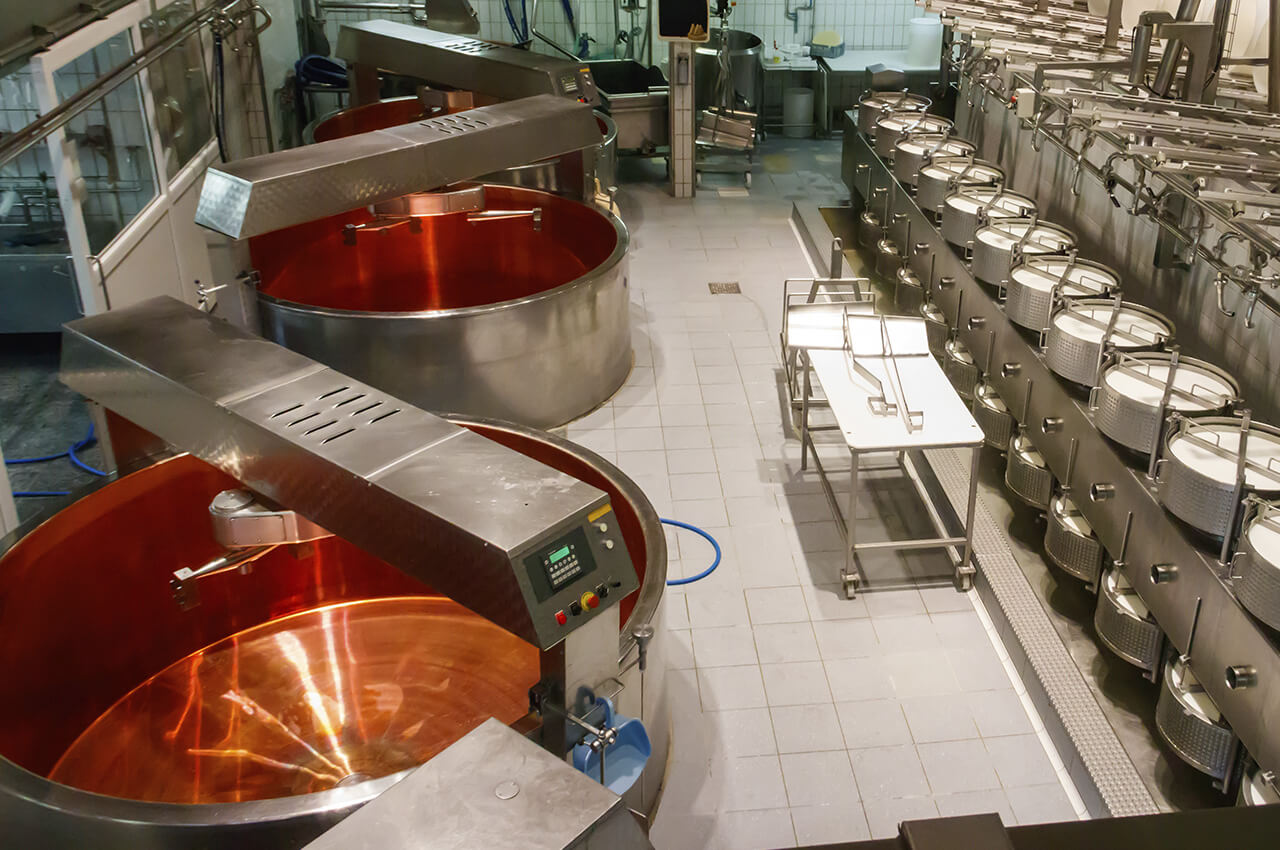The presence of contaminants in the cane was affecting production indicators and the lifespan of the most important equipment in a sugar company. Let us tell you how Caproin designed an engineering solution to solve this problem.
A couple of years ago, Caproin received this case: a leading sugar industry company was experiencing high wear on the hammers of its cane pulper, due to the presence of foreign material, specifically ferrous contaminant particles.
The mill had to stop every week to partially or completely replace the metal blades of the cane pulping machine. The reason for this frequent change was that often the raw material arrived from the fields with ferrous contaminants, that is, metal pieces that were not detected in time among the large amount of cane.
From its unloading, the cane passed through tables and conveyor belts that eventually exposed the pieces; but, on other occasions, they went unnoticed until they reached the pulper and there, at this critical point, the machine would completely jam, and therefore, production would stop.
How does a pulper work?
It’s a machine powered by an electric motor with thick blades that spin at high speed, reducing the cane into small fibers (like threads). These blades are coated with a welded material, but if they come into contact with a metal object, they can be easily damaged.
The scope of the challenge
A successful solution
With an industrial magnet suspended over the conveyor belt at an effective distance, we achieve 100% capture of ferrous contaminants.
Its electricity is key, as it is magnetic when connected. This allows the suspension structure to be adapted so that it can be removed from the area and disconnected, helping to effectively collect foreign materials.
Together with our partner Eriez, we designed a solution tailored to the distance, speed, behavior, and trajectory of the materials on the line. Although it is a standard equipment, this expert advice allows us to guarantee a 100% successful solution in its performance.

